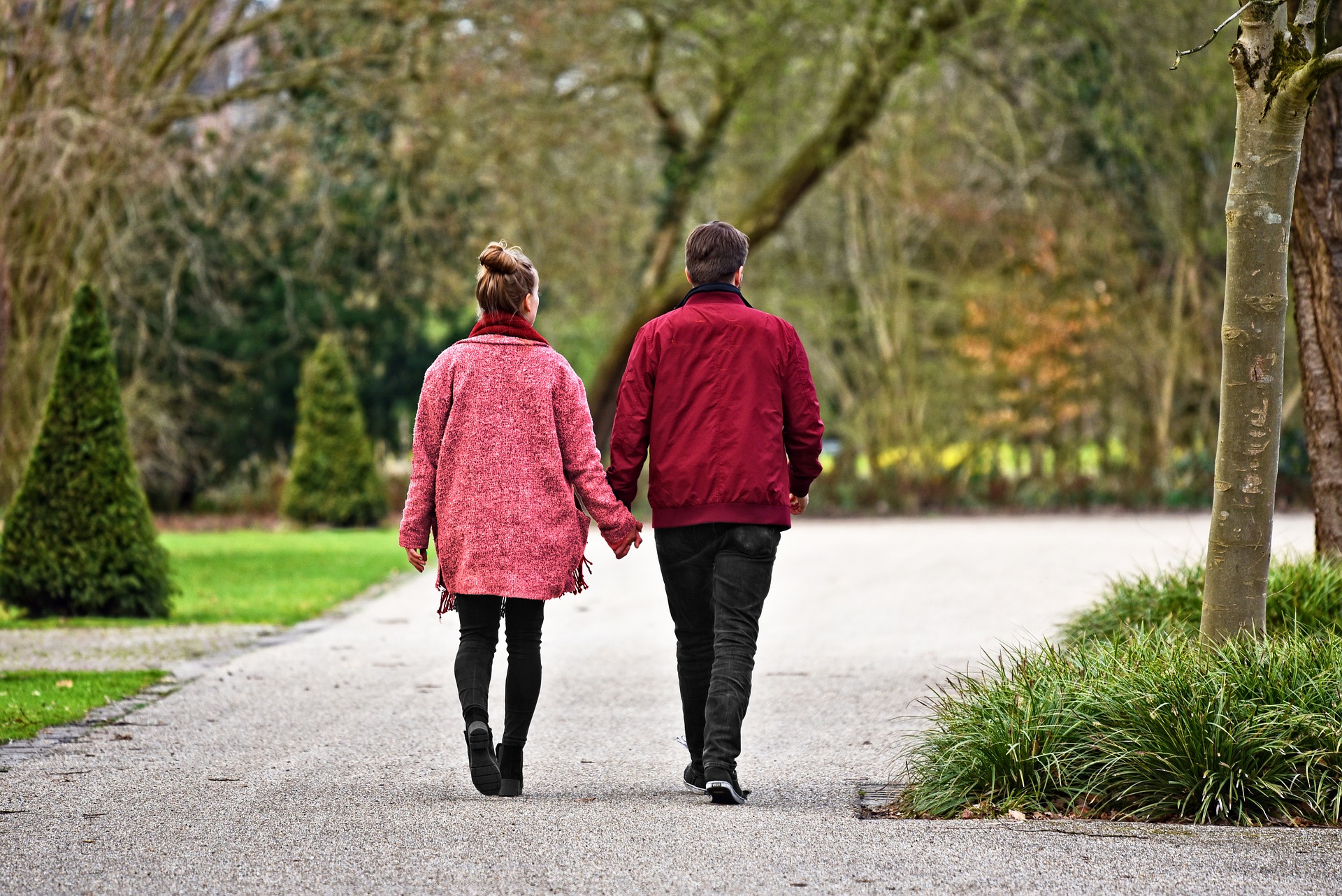Unmasking the Social Dynamics of Mask-Wearing in Pandemic Times
The global pandemic has not only disrupted our day-to-day lives but also introduced a significant change in our social behaviors. Masks have become the new normal, but how has this affected our social interactions and what does it mean for society at large? Read below to delve into this intriguing topic.

A Historical Perspective on Mask Wearing
The usage of masks dates back to ancient civilizations, where they played an integral role in rituals, ceremonies, and in some cultures, as a protection against evil spirits. However, the advent of the pandemic has necessitated a universal adaptation of mask-wearing as a health measure. This shift to widespread usage in the modern world is unprecedented and has led to a fascinating new dimension in social dynamics.
The Cultural Shifts and Societal Trends
The pandemic-induced mask-wearing has brought about a significant cultural shift. Masks have evolved from being a purely health-related necessity to a fashion statement, a political symbol, or even an expression of personal identity. This change is a testament to our ability to adapt and infuse meaning into new societal norms.
The Social Implications of Mask-Wearing
Mask-wearing has had profound implications on our social interactions and communication. Non-verbal cues such as smiles and frowns, which make up a huge part of our communication, are now hidden behind masks. This altered mode of interaction has led to shifts in our social behavior and emotional expressions, often resulting in miscommunication or a lack of personal connection.
Research Insights into Mask Wearing
Studies have shown that mask-wearing has resulted in a phenomenon called ‘depersonalization,’ where individuals feel less connected with others. Additionally, research indicates that masks can also impact our perception of others and influence social biases. Understanding these impacts is crucial as we continue to navigate this new normal.
Making Sense of the Masked Society
Despite the challenges, mask-wearing has also encouraged us to find alternative ways of connecting and expressing ourselves. It has highlighted the importance of eyes in conveying emotions and enhanced our focus on verbal and body language. This shift is shaping our society in unexpected ways, teaching us resilience and adaptability in the face of a global crisis.
In conclusion, the pandemic has not only changed the way we live but also the way we interact and perceive each other. As we continue to navigate these challenging times, it becomes critical to understand these new social dynamics, fostering empathy and understanding in our masked society.




